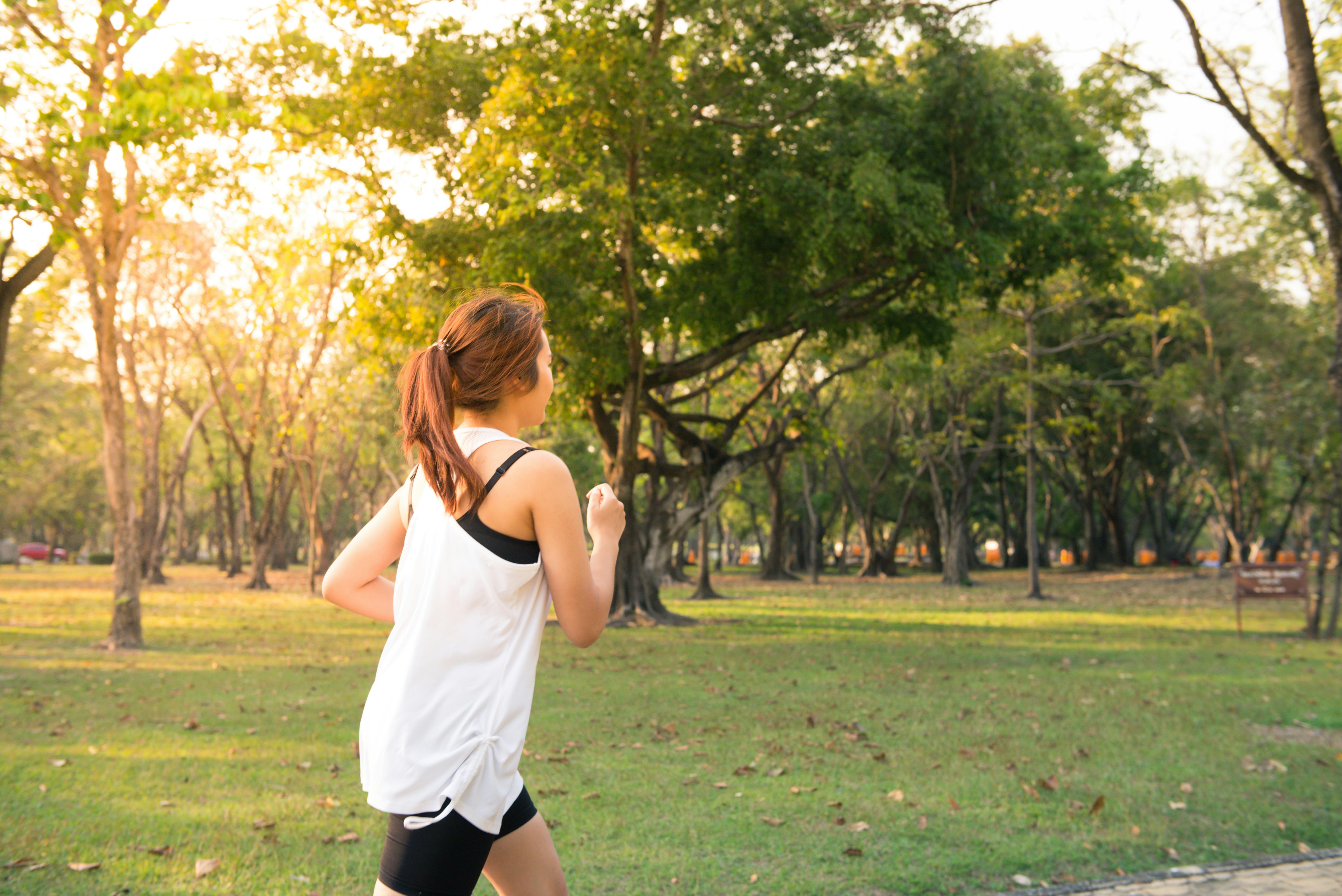
The Powerful Impact of Exercise on Mental Health and Mood



Exercise is no longer seen solely as a tool for weight control or the prevention of physical illness. More and more studies show that regular physical activity also boosts mental health – regardless of age or fitness level.
Exercise as Natural Support for the Mind
Physical activity has a proven positive impact on various mental health challenges – including depressive moods, anxiety, and chronic stress. Even moderate movement can improve mood and support emotional balance.
Several mechanisms contribute to this:
- Release of mood-enhancing neurotransmitters: Physical activity stimulates the production of endorphins, dopamine, and serotonin – neurotransmitters that influence mood and motivation. [2,6]
- Regulation of the stress system (HPA axis): Exercise helps reduce cortisol levels in the long term, enabling the body to better cope with stress. [5]
- Promotion of neuroplasticity: Physical activity supports the formation of new neural connections – especially in the hippocampus, a brain region often impaired in depression. [4]
- Self-efficacy and social interaction: Regular movement not only builds physical abilities but also strengthens the sense of control, structure, and self-worth. [3]
Exercise Reduces Stress – and Improves Sleep
Exercise acts like a biological buffer against stress. Regular physical activity increases resilience, improves autonomic regulation, and helps reduce inner restlessness. Even psychosomatic complaints such as muscle tension or headaches often improve with exercise.
Another important effect: better sleep quality. Studies show that people who exercise regularly are less likely to suffer from difficulties falling or staying asleep. However, timing is important – intensive workouts should not take place immediately before bedtime. [1]

Motivation Tips: How to Get Started
Many people are aware of the benefits of physical activity – and yet still struggle with implementation. That’s why it’s important to start realistically and with low barriers. Small changes in everyday life can have a big impact.
Here are some practical suggestions:
- 10-minute rule: Even short bursts of activity count – for example, a brisk walk, some stretching, or light yoga.
- Integrate movement into routines: Take the stairs instead of the elevator, walk or bike short distances, or do quick stretch breaks in your home office.
- Choose something you enjoy: Whether it's dancing, swimming, hiking, or gardening – any form of movement is welcome.
- Create accountability: Make plans with friends or block fixed time slots in your calendar.
- Goal: consistency over perfection: 2–3 sessions per week are enough to feel the effects – consistency matters more than intensity.
Movement Is Balm for Body and Mind
Exercise is no cure-all – but it is an effective, scientifically backed component of mental health. It helps improve mood and sleep, reduce stress, and actively support well-being. Even small steps can make a big difference – and make daily life a little easier.
References
- Alnawwar, M. A., Alraddadi, M. I., Algethmi, R. A., Salem, G. A., Salem, M. A., & Alharbi, A. A. (2023). The effect of physical activity on sleep quality and sleep disorder: A systematic review. Cureus, 15(8), e43595. https://doi.org/10.7759/cureus.43595
- American Psychological Association. (2020, March 4). Working out boosts brain health. https://www.apa.org/topics/exercise-fitness/stress
- Fox, K. R., & Lindwall, M. (2014). Self-esteem and self-perceptions in sport and exercise. In Routledge Companion to Sport and Exercise Psychology (1st ed., p. 15). Routledge. https://doi.org/10.4324/9781315880198
- Klepits, P., Koschutnig, K., Zussner, T., & Fink, A. (2024). Changes in hippocampal volume and affective functioning after a moderate intensity running intervention. Brain Structure and Function, 230(2). https://doi.org/10.1007/s00429-024-02758-9
- Moyers, S. A., & Hagger, M. S. (2023). Physical activity and cortisol regulation: A meta-analysis. Biological Psychology, 179, 108548. https://doi.org/10.1016/j.biopsycho.2023.108548
- Preiato, D., & Collins, R. (2025, February 17). Exercise and the brain: The mental health benefits of exercise. Healthline. https://www.healthline.com/health/depression/exercise
- World Health Organization. (2020). WHO-Leitlinien zu körperlicher Aktivität und sitzendem Verhalten. https://www.bayerisches-aerzteblatt.de/fileadmin/aerzteblatt/ausgaben/2021/03/einzelpdf/BAB_3_2021_91_93.pdf
Latest articles

Why Social Connections Are an Underrated Health Factor
Social relationships are essential to our health. This article explores, backed by scientific findings, the positive effects of friendships on mental health, the cardiovascular system, the immune system, and life expectancy.


Women's Health in Focus: Key Preventive Screenings
Regular preventive care is essential for women’s health. This article outlines key screenings – from gynecological exams to cardiovascular and metabolic checks. Early detection helps enable targeted prevention.

%20(1).jpg)
Holistically Healthy: Long-Term Care with Your Primary Care Physician
In an increasingly specialized healthcare world, ongoing care by primary care physicians is becoming ever more important. This article explains the benefits of long-term care and how the GP-Centered Care Program (HzV) structurally strengthens it.









